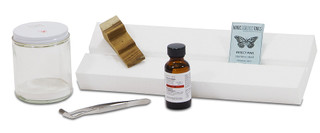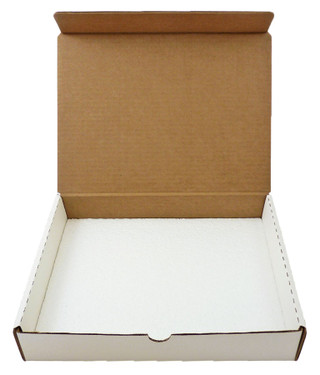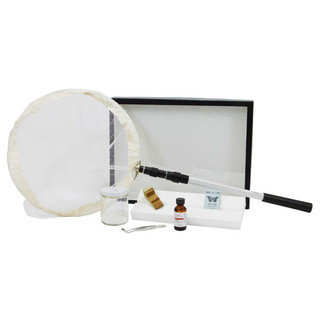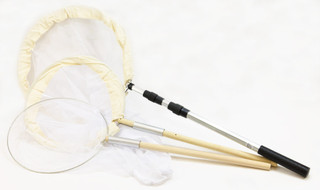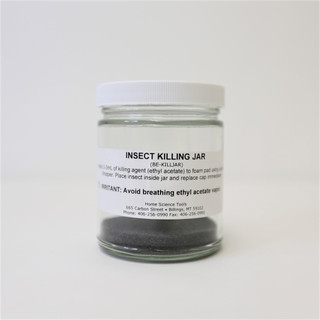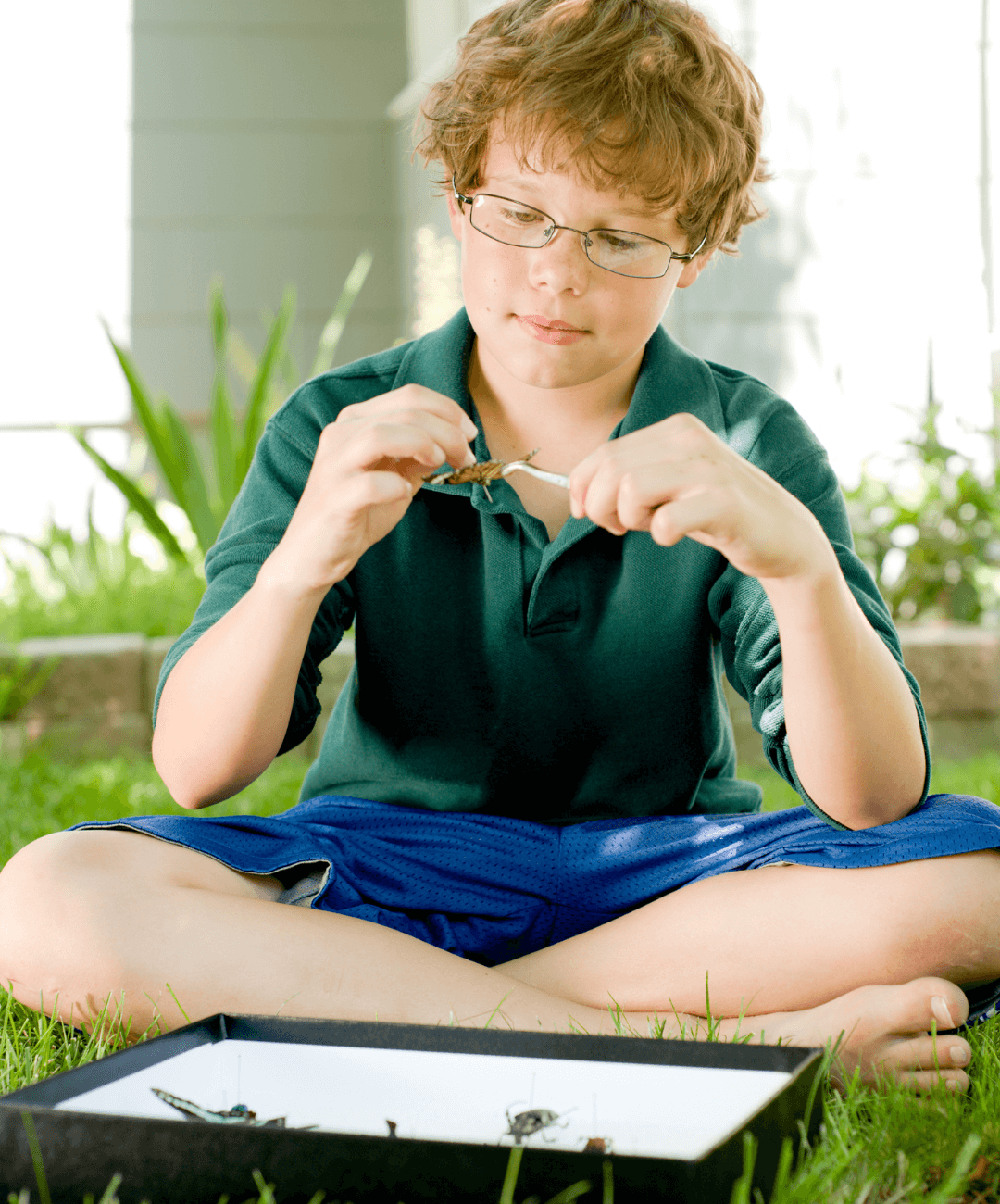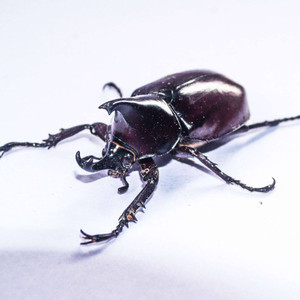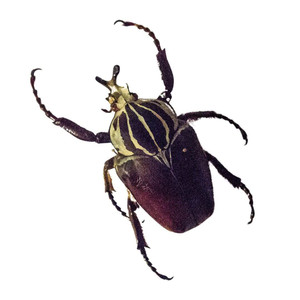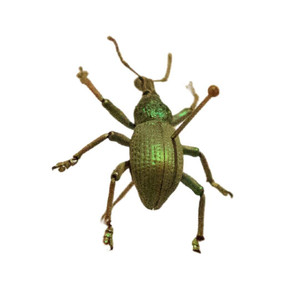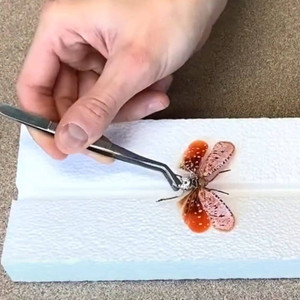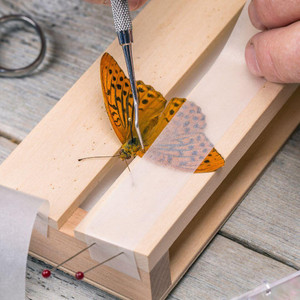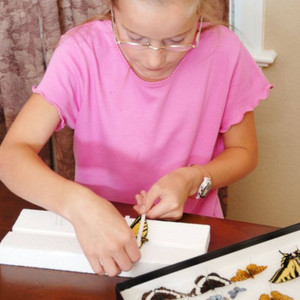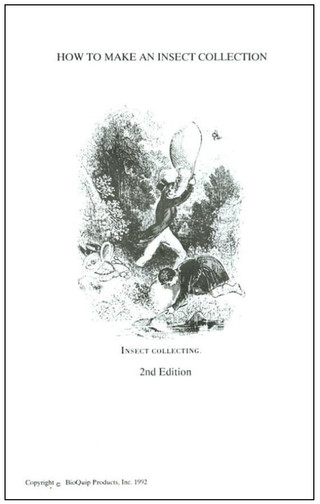
- Moisten a few paper towels with water (they should be wet all over but not dripping water) and lay them flat 2-3 layers deep in the bottom of the container.
- Set the largest and hardest insects on top of this layer (i.e. large beetles). Cover these insects with several more wet paper towels (again, wet all over but not dripping water) and place another layer of insects on top. Continue until all of the insects you need to relax are nested between layers of towels, ending with 2-3 layers of moist towels on the top. Be sure to layer the insects starting with the hardest ones on the bottom and ending with the softest ones at the top. Note: Handle the dried insects with care as they are very fragile.
- Close the lid tightly and move the container to a place where it will not be disturbed. Most butterflies and smaller insects should be softened in 2-3 days. Larger beetles and other insects may take 5-6 days or longer to soften enough to be pinned without breaking.
- Check the insects for flexibility by gently moving the legs after two days. Refresh any paper towels that may have dried out by sprinkling them with water. When an insect’s legs and antennae can be easily moved and its body does not feel brittle, the insect it ready to be pinned. Remove any insects that are sufficiently softened and proceed to the instructions for pinning and spreading.
- Remove the glass cover from the case and set it aside.
- Position your insect specimens one at a time in any arrangement desired. Start with the largest insects first and then add the smaller insects, leaving adequate space between each specimen.
- Push each pin securely into the foam in the bottom of the case.
- Replace the cover and stand the display case on a shelf, or hang it using the wall mounting hooks on the back.
- You can spread 2-3 butterflies or 5-8 beetles on your spreading board at one time, depending on the size of the specimens. • Sometimes you will need to rotate a butterfly’s hetypically ad to get it in the correct position. Hold it in place with pins.
- Once an insect is dry, a drop of white glue where the wings attach to the thorax or at the leg joints will reduce the possibility of an appendage falling off. Do this before removing the insect from the pinning board.
- Be very careful when handling the specimens as they are fragile. Pay special attention to butterflies and moths, as the fine scales of their wings can be easily rubbed off, taking away from the color and beauty of the specimens.
- Label your specimens if desired with a piece of paper (about 1” wide and 2” long) inserted on the pin below the insect. Include information such as species, common name, location collected from, and date collected.
